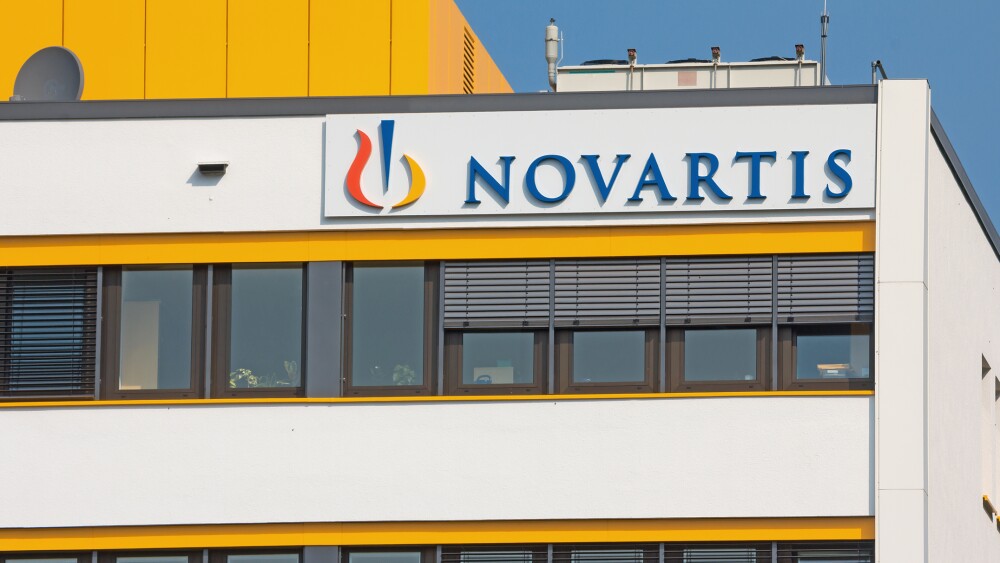Is it possible for the pharma industry to invest too much money into research and development projects for one disease area? In an online essay Jay Bradner, president of Novartis’ Institutes for BioMedical Research, expressed some concern, particularly in areas like cancer research.
Is it possible for the pharma industry to invest too much money into research and development projects for one disease area? In an online essay Jay Bradner, president of Novartis’ Institutes for BioMedical Research, expressed some concern, particularly in areas like cancer research.
In the essay posted on LinkedIn Bradner pointed to the number of breakthroughs in oncology treatments, including his own company’s recently-approved CAR-T program Kymriah. Not only have there been a number of breakthrough and breakout treatments approved to fight cancer, Bradner said many companies have followed suit with their own candidates that are narrowly differentiated in their scope of treatment. With that in mind Bradner said the idea that too much money was being spent on oncology development “was starting to sound like a very reasonable question.”
However, Bradner quickly said the answer to that question is no.
“The burden of cancer remains massive and pernicious – for affected individuals, for families, for healthcare systems, even often for survivors. I regard the estimated $50 billion annual investment in cancer as fully era-appropriate,” Bradner wrote. “Never before have we better understood the environmental, genetic and epigenomic causes of cancer; and never before have we been better equipped to respond with imaginative and effective therapeutic modalities.”
Bradner went on to say though that the pharma industry has invested wrongly. He said the “cutting edge of cancer research is moving quickly,” which is “creating a wave of innovation in its wake.” While he notes the great innovations going on, Bradner expressed concern for “the commodity market for active cancer drugs that exists today.” He said big pharma has “inadvertently fueled redundant investment in the biotech sector, with an opportunity cost to society too high for patients to bear.”
Writing in Forbes, John LaMattina, the former president of Pfizer’s R&D division, said Bradner’s “soapbox moment” was something that shouldn’t be ignored. LaMattina said the pharma industry has “historically piled into areas where confidence was high.” LaMattina noted though that many of these spaces where investment has been high have often proved to be areas of disappointment. One such space has been Alzheimer’s disease research. Multiple companies have spent billions of dollars researching and studying various approaches to treating that dreaded form of dementia, but all have failed in recent years. Companies like Eli Lilly and Boehringer Ingelheim have seen disappointing results in targeting Alzheimer’s. Several companies, such as LaMattina’s Pfizer, have withdrawn from the space or significantly cut the amount of resources spent on the R&D efforts due to the failures.
LaMattina said that there is wisdom in multiple companies focusing on the same targets. Although one company may be first to the finish line for a drug, LaMattina said that rarely is the first class of drugs the best for a disease. He said it is “likely that the initial wave of targeted cancer therapeutics will be eventually replaced by agents with improved efficacy and less resistance.”





